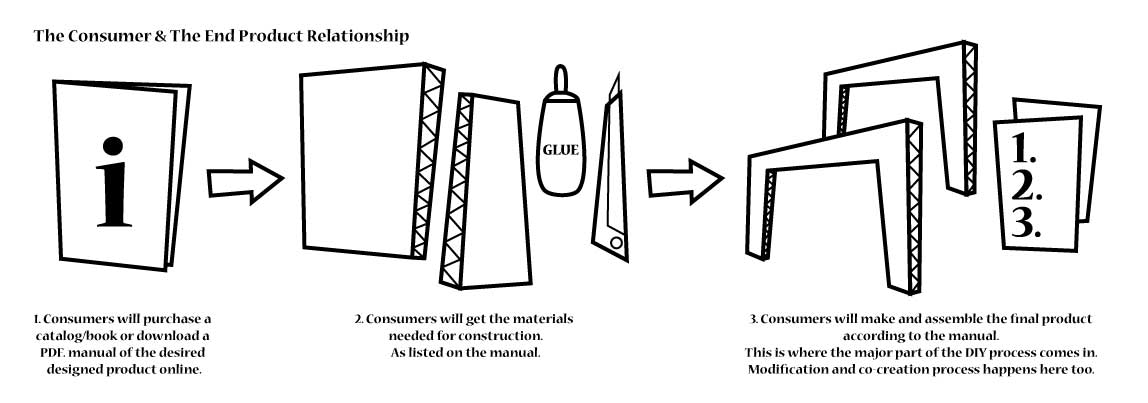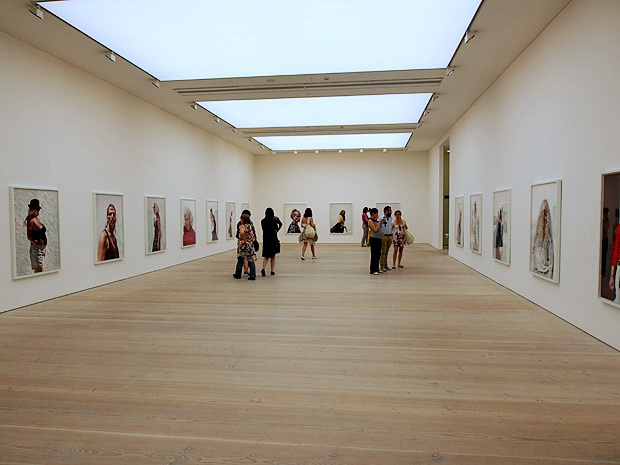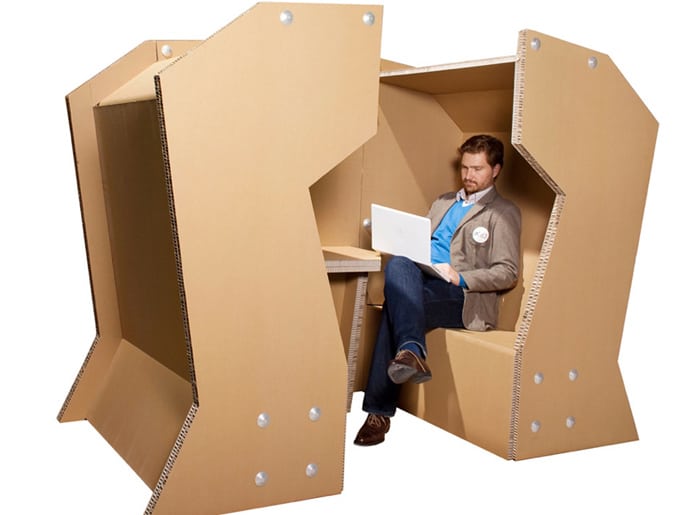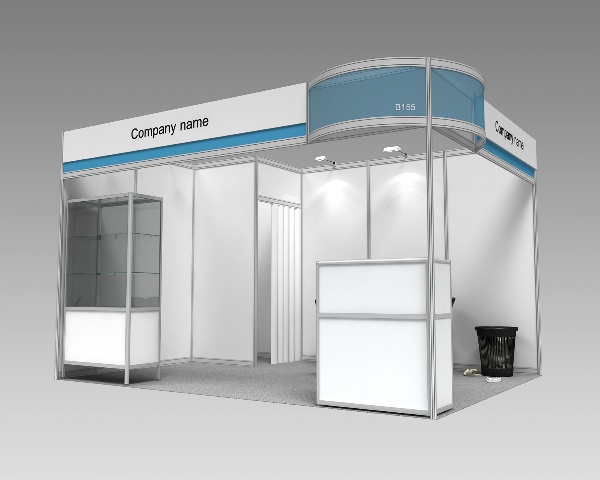CHILDREN AND THEIR ATTITUDE TOWARDS THEIR BELONGINGS,
In particularly, Toys and Kids Furniture.

One of the issue I look into…
Research on Kids common behaviour
*every kid has a different personality
The issue of kids damaging or destroying their personal property
-some kids resort to destructive behaviors as a way to cope with their ever-changing emotions,
or things they could not express with words
Aspects on why some kids resort to destructive behaviors
-Low Frustration Tolerance
-Intimidation
-Payback (breaking things out of revenge or anger etc.)
Information referred from:
http://www.empoweringparents.com/is-your-defiant-child-destroying-or-damaging-property.php
*Apart from the psychological factors, this is actually a big issue with regards to parents overspending on kid’s stuff
what was meant is that, some parents may actually have kids with these issues mentioned above and that their furniture or toys wont last over a month… (vandalised tables or stools/ broken toys etc.)
It could be a burden for them to constantly spend money on newer kids stuff every now and then.
PRE SCHOOLER

-kids ages 3 to 5 years old
-a stage of the early childhood when a kid:
-starts to learn and adapt new skills
-gets very curious with all sorts of questions and actions
-develops various kinds of emotions as they adapt with their growth and situation
etc.
-this is also the age group where they are qualified to play with most of the toys available in the market
Information referred from:
http://www.howkidsdevelop.com/behaviorPrek.html
http://raisingchildren.net.au/preschoolers/preschoolers.html
http://www.parents.com/toddlers-preschoolers/development/behavioral/preschoolers-101/
HOUSES AND LIVING SPACES ARE GETTING SMALLER
-the common issue now which argues about the shrinking HDB flats due to need to maximise land and to adapt https://singapore2025.wordpress.com/2011/11/26/smaller-hdb-flats-10-years-on-think-small-and-put-the-buzz-into-singapore/
http://www.stproperty.sg/articles-property/singapore-property-news/hdb-to-bump-up-supply-of-smaller-flats-next-year/a/147248
– the rise of Build-To-Order (BTO) flats, more two room and studio apartments
The need for more space management products in the market to suit the needs of families living in small apartments.
Something like a small furniture or multifunction furniture etc.
or a furniture that could be temporarily kept an stored when not in use
THE RISE IN THE STANDARDS OF LIVING
-houses cost more than several years ago
-this goes the same for toys which are mostly imported from overseas
KIDS FUNITURE AND TOYS
-the list of common kids small furniture/playable furniture/playroom furniture
*not including bedroom furniture like beds, study tables or cupboards etc.
-storage boxes
-children’s stool
-play tent/house
-small table and chairs set
-play table
-rocking chairs
-drawing board easel
-play kitchen
-doll house
-push cars
-puzzle mats
-building blocks
-etc…

www.ikea.com/sg
SOME BIG COMPANIES
that manufacture kids furniture/playroom furniture & toys
THE COMMON MATERIALS
used in kids playroom furniture & toys
-ABS
(is toxic to produce but does not release toxic substances after its creation)
-Polyvinyl Chloride/PVC
(PVC contains plasticizers like phthalates and lead to soften the plastic and may contain myriad other impurities like arsenic and cadmium)
-Wood
RESEARCH ON HARMFUL PLASTICS USED IN TOYS
* there has always been an issue of toxic materials found in toys etc.
‘… toxicity of plastics has not been fully tested to this day…’
Tood Johnson, Plastics Expert
http://composite.about.com/od/Plastics/a/Plastics-In-Children-S-Toys.htm
-certain plastics that are used to make children’s toys is that they contain chemical additives which change the quality of the plastics
– can sometimes be harmful to the human body
– Bis-A, or BPA and other softeners such as phthalates are also known to be harmful
– plastics that are marked with a 3 or PVC often contain additives that can make plastics more harmful than they need to be for children
* but toys made before February of 2012 can still contain these harmful plastics.
WOODEN KIDS TOYS
* a more safe and eco-friendly option
– Environmentally Friendly
– Reusable
– Safe for kids
http://www.paystolivegreen.com/wood-toys-safe-for-kids-and-eco-friendly/
KIDS PLAYROOM FURNITURE
potential hazards aspects to avoid
-cords and strings
-small detachable parts
-sharp edges, points
-weight and size ratio factor
http://articles.mercola.com/sites/articles/archive/2013/12/16/dangerous-children-toys.aspx
TAKE A LOOK BACK AT KIDS ART ACTIVITIES
-kids love hands-on and they are often fascinated with colours, fast motions and big objects
-In pre-school art classes, there will always be a lesson that teaches kids on recycling or to make creative artifacts out of recycled materials like tissue rolls, boxes, plastic bottles, newspapers, magazines or even plastic straws
*this could be an aspect in design which involves kid interactivity with the product
SUMMARY OF ALL THE POINTS ABOVE
The problem/scenario:
-Ever-changing kids attitude towards their belongings, toys, playroom furniture and surroundings might have been a cause for damaged expensive products for some homes and thus could result in overspending just for that short timeline in the children growth chart.
-In the local aspect, most products are not produced locally and thus, they are costly plus nowadays houses are getting smaller and space management plays an important aspect when it comes to furniture.
-With the rising costs of living, there are a group of people who might find it a bit difficult to afford kids product which may then lead them to investing on cheaper products that is guaranteed to contain harmful materials.
-While not all plastic toys or kids furniture are fully safe of toxic materials, no consumer can really tell the difference in the market as most of them only look at product attractiveness and good deals.
-Not many toys or kids furniture has that interactive aspect which allows the kid to play and at the same time learn about something etc.
-Most kid’s products are only made for one usage/purpose.
-Most kid’s products are also made for a particular age group and that it wouldn’t be able to be adaptable for the older or younger kids.
Which is to say the products don’t grow with the kids
THE IDEA: THE POSSIBILITIES AND DISCUSSIONS
-What if there is a product that is a little cheap,
and that is made of eco-friendly or entirely recycle material
and that is more rugged,
and that it does not hurt parents so much if it gets damaged,
but still has the same aesthetic value as the normal ones
-What if the product has a second usage once it is no longer usable as a kids playroom furniture or toy
-What if the product is easily replaceable
-What if the product could be collapsible,
made to be smaller to allow easy storage when not in use
-What if the product could be a drawing board
-What if the product could help in space management issues
-What if the product could fit in any interior spaces
-What if the product is made for multiple uses
-What if the product could stand out from all the other similar products in terms of its usability and innovativeness
-What if the product could establish a relationship between the kid as he/she grows up
-What if the product could be a teaching tool for kids to learn hands-on skills (product could be customized and assembled by kids themselves)
-What if the product is made to be safer and more fun and interactive for kids














